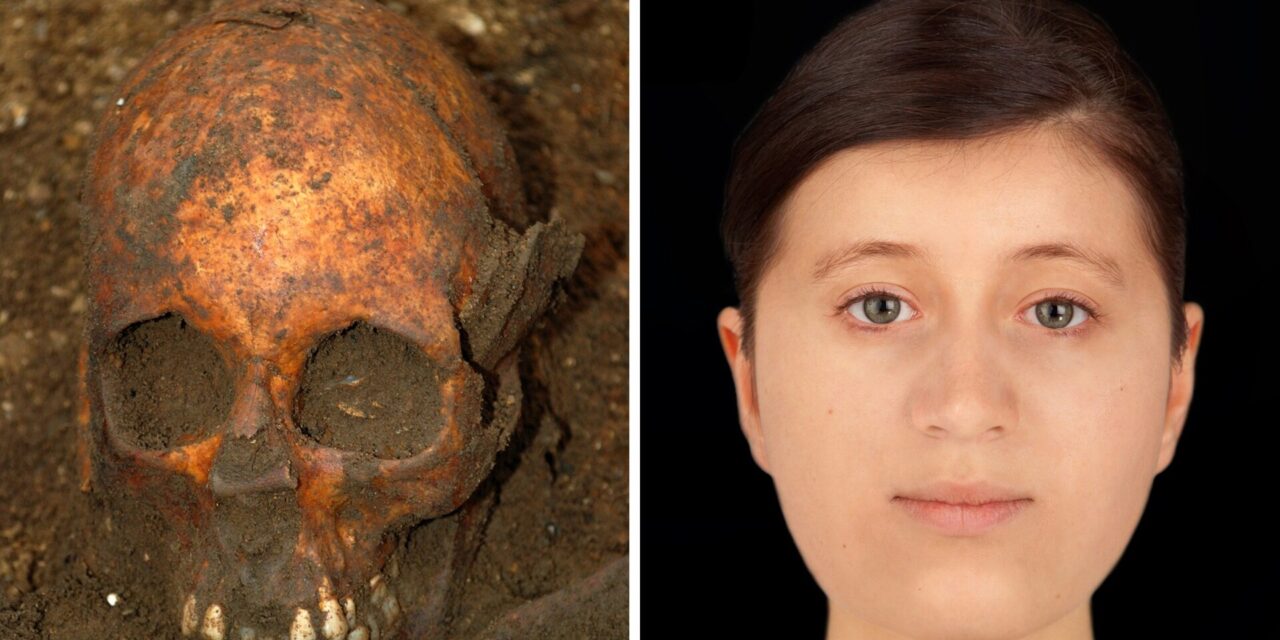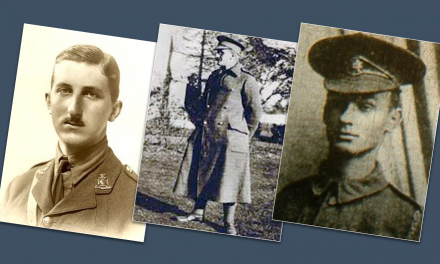In a remarkable discovery, the face of a teenage Anglo-Saxon aristocrat, shrouded in mystery for over a millennium, has been reconstructed. Unearthed in 2011 near Cambridge, the 16-year-old girl was interred in an ornate Christian grave, providing evidence of her elite status. Recent analysis by the University of Cambridge suggests she may have travelled from southern Germany as a political bride, aiming to convert the pagan Anglo-Saxon kings to the new faith sweeping across Europe.
Dating back to the period between 650 and 680 AD, the burial holds particular significance due to the rarity of Christianity in England at the time. The girl’s conversion suggests she was one of the earliest adopters of the new religion. The discovery aligns with the historical context of St Augustine’s mission to England in 597 AD, as directed by the Pope, to convert the Anglo-Saxon kings. This ongoing process attracted missionaries from mainland Europe, potentially including the teenage aristocrat.
Dr. Sam Lucy, an Anglo-Saxon burial specialist from Newnham College, Cambridge, explains that the absence of a grave marker makes it challenging to identify the girl buried near Cambridge. Her death shortly after migrating from Europe adds to the enigma. The analysis of her bones and teeth through isotope testing indicates an Alpine upbringing until at least the age of seven and a healthy diet. However, her diet deteriorated toward the end of her life, suggesting significant lifestyle changes after her arrival in England.
The reconstructed face, skilfully rendered by forensic artist Hew Morrison, offers a glimpse into the past. The image showcases distinct features, including a slight asymmetry in the eyes. Alongside her remains, the burial site revealed an array of exquisite artefacts, including the famous gold and garnet cross, gold pins, glass beads, and a chain, highlighting her status and Christian faith.
Isotopic analysis further connects her story to two other women buried in a similar manner in Cambridgeshire, suggesting an established migration route from the continent. Dr. Leggett, one of the researchers involved, ponders whether the girl and her counterparts were political brides or even brides of Christ. The transition to a different culture and diet must have been a daunting experience for her, potentially contributing to her declining health.
This captivating discovery will be showcased in a forthcoming exhibition, “Beneath Our Feet: Archaeology of the Cambridge Region,” at Cambridge’s Museum of Archaeology and Anthropology. The exhibition, running from June 21 to April 14, 2024, will not only present the reconstructed face of the teenage aristocrat but also feature the intricate gold and garnet pins connected by a chain that once adorned her. The exhibition aims to shed light on pivotal moments in Cambridgeshire’s history, and this particular burial unveils the lives of individuals from a remarkable era.
The teenage Anglo-Saxon aristocrat’s story serves as a testament to the interconnectedness of early Christianity in Europe and the role of elite women in the emerging Church. As the exhibition invites visitors to delve into the mysteries of the past, it highlights the enduring fascination of archaeological discoveries and their power to illuminate the lives of those who came before us.




